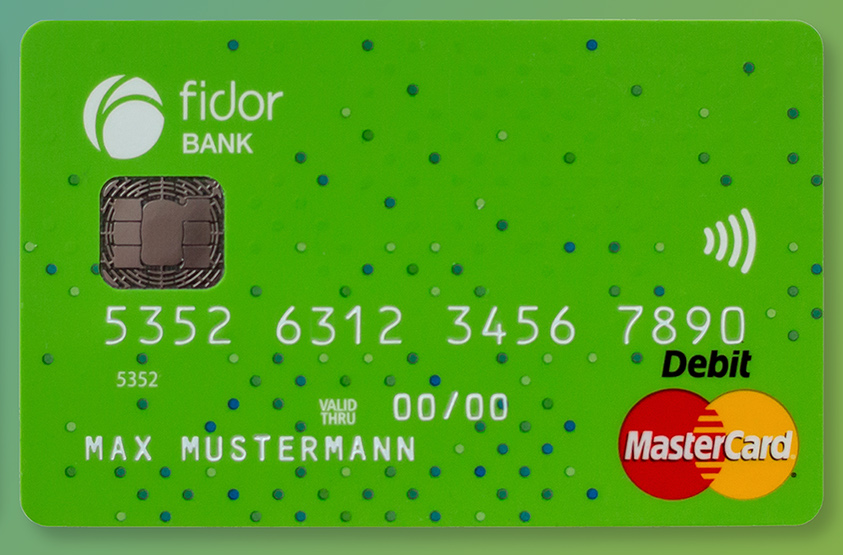Follow these simple steps to determine the status of your credit card. reported as stolen in the USA. Contact your card issuer
Call the customer care number found on the reverse of your card.
Let the representative know you have a problem with your card or stolen, and you would like to verify its authenticity.
You may be required to provide information about your identity as well as a credit card to verify your identity.
Check Your Online Account
Login to your account online for credit cards or for banking.
You can check for alerts, notifications and other messages about the status of your card.
Review your transactions to identify suspicious or unauthorized transactions.
Monitor Your Credit Report
Obtain a free copy of your credit report from each of the three major credit bureaus (Equifax, Experian, TransUnion) through AnnualCreditReport.com.
Examine the credit report to see if there are any credit inquiries or accounts which you do not recognize. This could be a sign of fraud.
Security Freezes, Fraud Alerts and other measures
If you suspect fraud or identity theft, think about applying a freeze on your security or fraud alert on your credit report.
A fraud alert warns lenders to take further steps to verify your identification prior to extending credit. A security lock restricts access to credit reports, a fraudulent alert is a good method to let them know you are fraudulent.
Be alert and report any Suspicious Activities
Check your credit card statements frequently and immediately make a report of any suspicious or illegal transactions.
Report any suspected instances of fraud or identity theft to the Federal Trade Commission. File police reports in your region.
Contacting your bank, looking up your account history online, monitoring the condition of your credit score and staying alert for signs or unauthorized transactions, you are able to avoid fraud with your credit card.
What Do I Mean By My Credit Cards Are On A Blacklist?
A Blacklist's presence can hinder a card's usage or transactions until the issue is addressed. There are many different reasons why a card may be put on blacklist.
Suspected fraud- Unusual or suspect transactions on the card can trigger fraud detection systems which could lead to blocking the card.
Security Issues- If there are indications of potential compromise like unauthorized access, a data breach involving the card's details, or unusual spending patterns The card may be considered a security risk.
Identity Verification Issues: If the cardholder is unable to verify their identity, it can temporarily stop the card temporarily. This is the case when there are additional verification requirements.
Card Stolen or Lost- If the card holder has reported the card as stolen or lost, the company that issued the card may block the card to stop any misuse until a new card is able to be issued.
Suspicious activity indicators- Any actions or behavior associated with the card, that leads to suspicions (such as multiple declined transactions, or geographical anomalies) or a strange spending pattern, may trigger a temporary exclusion.
If a credit card is placed on a "blacklist", the cardholder might not be able gain access to credit or use their card until the issuer has checked the validity of the card, or has resolved any concerns regarding security or fraud. Cardholders should immediately contact their card issuer to report the issue, verify the transactions, and to resolve any security issues.
How Do Cybersecurity Experts Monitor Cyber Threats And Identify The Stolen Credit Card Data?
Security professionals monitor and detect dangers like compromised credit card numbers using various methods and tools. Some of the common methods and methods include: Threat Intelligence Gathering-
Collecting information through different sources like forums such as dark-web monitoring, forums, feeds and security advisories to stay up-to date on new security threats and security vulnerabilities.
Network Monitoring and Intrusion DetectionNetwork Monitoring and Intrusion Detection
Tools and software that monitor network traffic to detect suspicious activity, anomalies, or other signs of unauthorized access.
Testing for vulnerability and penetrationTesting for vulnerability and penetration
Conducting periodic assessments to find weaknesses in systems, applications, or networks. Penetration test simulates attacks on an organization to find vulnerabilities and evaluate its security position.
Security Information and Event Management System (SIEM),
Implementing SIEM solutions that aggregate and analyse log information from different sources (such servers, firewalls and applications), to detect and respond immediately to security issues.
Behavioral Analysis
Conducting a behavioral analysis to find odd patterns or variations from normal user behavior within systems or networks, which could signal a potential compromise.
Threat Hunting
The identification of potential threats is done by analyzing logs as well as data traffic and details about the system.
Endpoint Security Solutions
Protection of systems and devices from malicious activities by using endpoint security products, such as antivirus, antimalware and endpoint detector and response (EDR) tools.
Data Security and encryption
Implementing encryption techniques to secure sensitive data, including credit card details, both in transit and at rest, in order to reduce the possibility of data security breaches.
Incident Response and Forensics
In the development and implementation of plans for incident response to swiftly respond to security incidents. Conducting forensic analyses to investigate security breaches and determine the impact they have on organizations and their causes.
Cybersecurity experts combine these approaches with an in-depth understanding of evolving cyber-security threats, compliance requirements and the best practices to proactively identify ways to mitigate and respond to cyber threats, such as those that involve compromised credit card data. A proactive approach to security constant monitoring and threat intelligence are essential to maintaining a robust cyber defense. Have a look at the recommended savastan for blog examples.
